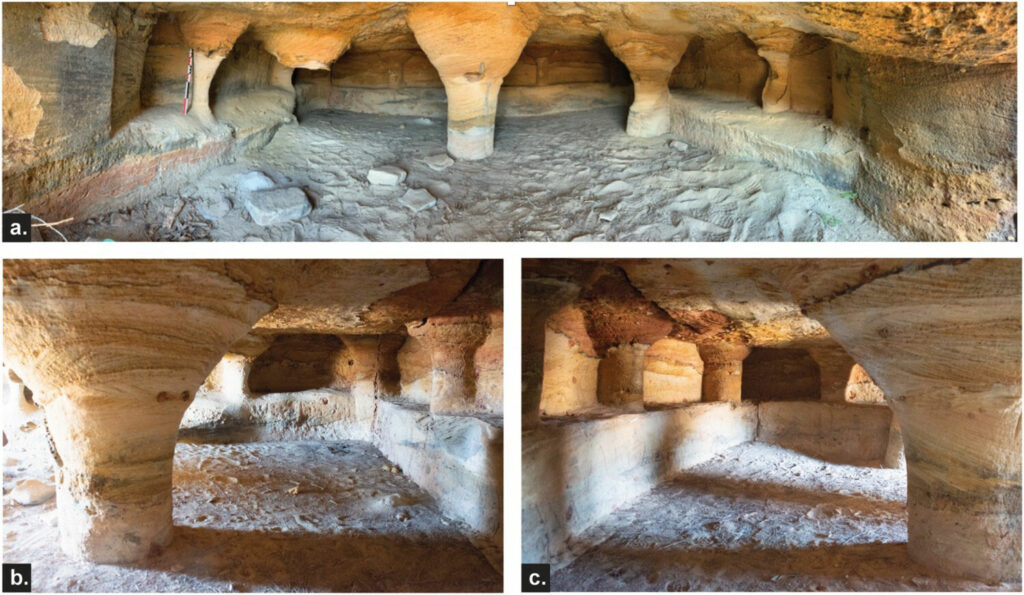- Get link
- X
- Other Apps
- Get link
- X
- Other Apps

A report from Phys.org highlights the findings of Guido Schreurs from the University of Bern and his team, who propose that rock-cut terraces and chambers at the remote archaeological site of Teniky in southern Madagascar were created around 1,000 years ago by a Zoroastrian community. High-resolution satellite images revealed that the site was much larger than previously believed, with dozens of circular and rectangular stone niches carved into the cliffs. These niches likely served as spaces that could be sealed with wooden or stone slabs, according to Schreurs.
The team also recovered charcoal and pottery, which has been dated to the tenth through twelfth centuries A.D. The pottery, made in Southeast Asia, suggests that the people who carved these niches were part of the Indian Ocean trade network. Schreurs noted that the structures at Teniky resemble those in Iran, where Zoroastrian funeral rites often used stone-cut niches. "Although our interpretation connecting these rock-cut features with Zoroastrian practices is tentative, the stylistic similarities of the basins and tables found at Teniky with those used in Zoroastrian rituals suggest a possible connection," Schreurs explained.
To learn more, read the original scholarly article about this research in Azania: Archaeological Research in Africa.
- Get link
- X
- Other Apps